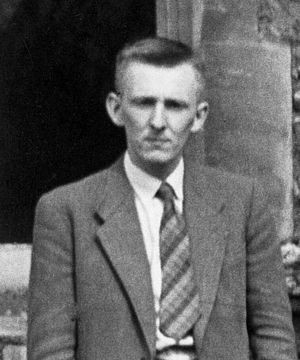Giles Brindley facts for kids
Giles Skey Brindley is a famous British scientist, musician, and composer. He was born on April 30, 1926. He is well-known for his important work in understanding how our eyes see, especially how we see colors. He also helped develop new medical treatments and devices.
Contents
Medical Discoveries and Innovations
Giles Brindley made many important contributions in the field of medicine. He was a pioneer in creating devices that could help people.
Helping People See
In the 1960s, Brindley was one of the first scientists to work on "visual prosthetics." These are like artificial eyes designed to help blind people. He tested his device on four patients. It gave them a basic sense of light and dark. Even though the technology was new, his work was a big step forward.
Medical Devices for Bladder Control
He also developed special devices called "sacral anterior root stimulators." These devices help patients with spinal cord injuries control their bladder. This was a major improvement for many people.
His Education and Influence
Brindley studied at Cambridge and London Hospital. He also served in the Royal Air Force. Later, he became a professor at Cambridge and the University of London. He wrote over 100 scientific papers. He also guided many students, including David Marr. David Marr later created important theories about how our brains process vision.
The Ratio Club
For a time, Brindley was part of a group called the Ratio Club. This club met between 1949 and 1952. Famous scientists like Alan Turing were also members. They discussed new ideas about how the brain works and new technologies.
Awards and Recognition
In 1986, Brindley gave the Ferrier Lecture. This is a special award given by the Royal Society every three years to a leading scientist.
Musical Creations
Besides his scientific work, Giles Brindley is also a talented musician and composer.
The Logical Bassoon
In the 1960s, he invented a unique musical instrument. He called it the 'logical bassoon'. This was an electronic version of a regular bassoon. It was designed to be easier to play. However, it was never sold to the public.
Composing Music
Brindley also composed music, especially for wind instruments. Some of his pieces include Variations on a Theme by Schoenberg and The Watermans Daughter.
Selected Publications
- Physiology of the Retina and Visual Pathway. 2nd edition. Edward Arnold, London, 1970.


